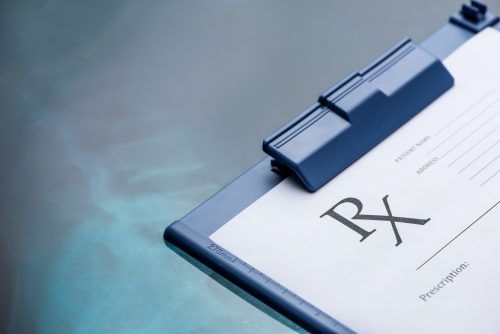
October 31, 2019
Federal Circuit Loosens the Iron Grip on Evidence of Copying
In Liqwd v. L’Oreal USA Inc., [2018-2152] (October 17/30, 2019), the Federal Circuit vacated and remanded the PTAB’s final written decision that certain claims of U.S. Patent No. 9,498,419 directed to formulations and methods of keratin treatment are unpatentable as obvious.
During the Post Grant Review, Liqwd presented evidence that L’Oreal had used Liqwd’s confidential information and copied Liqwd’s patented invention as an objective indicia of non-obviousness. However, the Board concluded that the copying involved was legally irrelevant because it was not evidence of copying a specific product, citing Iron Grip Barbell Co. v. USA Sports, Inc., 392 F.3d 1317, 1325 (Fed. Cir. 2004), and thus was not “copying of the type that is relevant to the question of obviousness.”
Objective indicia are essential safeguards that protect against hindsight bias, and thus are a fundamental part of the overall § 103 obviousness inquiry. The Federal Circuit said that It is well established that copying by a competitor is a relevant consideration in the objective indicia analysis, as such copying may be evidence that the patented invention is nonobvious. However, copying requires duplication of features of the patentee’s work based on access to that work, lest all infringement be mistakenly treated as copying. Evidence of copying may include internal documents, direct evidence such as photos of patented features or disassembly of products, or access and similarity to a patented product.
The Federal Circuit conceded that in Iron Grip Barbell, it stated that “copying requires the replication of a specific product,” but explained that it was simply stating that something more than showing similarity between the accused product and the patent was needed. The Federal Circuit pointed out that access to the patent, or access to articles about a patented invention, have been sufficient to establish copying in the absence of a specific product to be copied. What the Federal Circuit meant was “copying requires duplication of features of the patentee’s work based on access to that work, lest all infringement be mistakenly treated as copying” and that the relevant inquiry was whether there was evidence of copying efforts.
The Federal Circuit concluded that the evidence presented by Liqwd shows more than merely a competing product that arguably falls within the scope of a patent. Determining that this evidence is relevant does not implicate the concern with avoiding every infringement suit turning into a confirmation of the nonobviousness of a patent. The Federal Circuit said that because this evidence of actual copying efforts was relevant, the Board erred by disregarding it. The Federal Circuit vacated the Board’s obviousness determination and remanded the case for the Board to consider this evidence in its obviousness analysis.


































